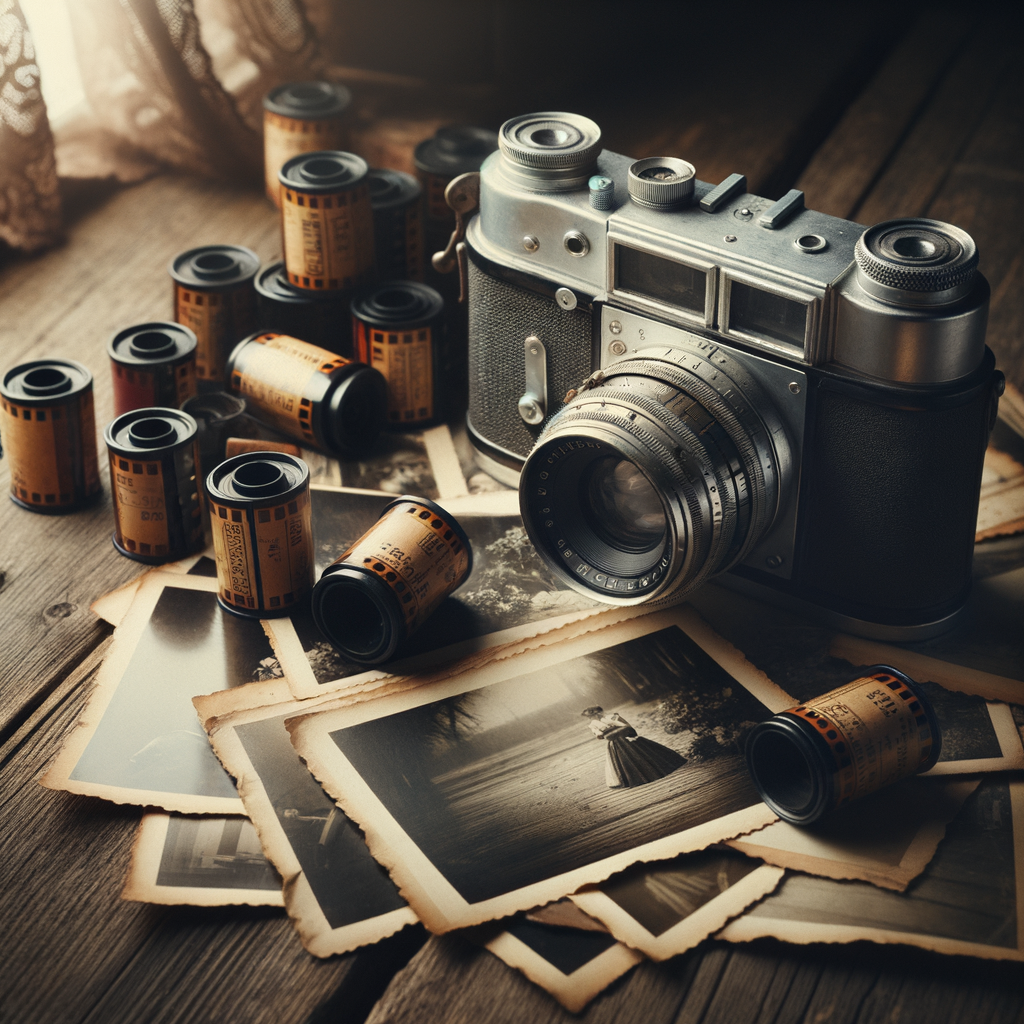
Film photography is making a strong comeback into our lives. Art lovers and professional photographers are rediscovering the charm of traditional shooting, immersing themselves in the world of analog techniques. This article is dedicated to all aspects of film photography, its history, and modern trends.
The history of film photography dates back long before the advent of digital technologies. It emerged in the 19th century and has come a long way since then. In those days, film was the only available way to capture moments and preserve them for eternity. Film photography created many renowned artists and offered unique methods of working with imagery that still inspire both newcomers and professionals today.
Despite the modernity of digital technology, many photographers are turning back to film. Film cameras and films have become not just tools, but a whole art movement. This return to roots is capable of not only conveying the atmosphere of the past but also evoking a flood of positive emotions in the audience.
The revival of film photography is largely linked to the desire to escape the standardized mass production of digital images towards a more individualized and emotionally rich approach. Different types of film have their characteristics, colors, and textures, making each shot unique. There is a special magic in this that digital photography cannot provide.
There are many types of film, each with its own characteristics. Some films are designed for low-light conditions, while others are for bright sunny days. The specifics of the film also affect the final result—from the sharpness of details to the color balance.
Besides various films, the choice of camera also holds great significance. There are numerous models, from compact film cameras to professional DSLRs. Each offers the photographer unique creative opportunities. For instance, using medium format film can yield incredibly detailed images, while a pinhole camera allows for the creation of unique pictures with a blur effect.
Furthermore, the process of shooting with film requires more time and patience than working with digital cameras. It is necessary to check the light, adjust settings, and prepare the film. This approach helps the photographer to feel every detail of the shoot and cultivates creative thinking.
After shooting, the film needs to be developed and printed, which is also a crucial part of the creative process. Visiting a photo lab and observing the film developing process adds an element of magic to the creation of photographs. These are not just snapshots—they are your personal artistic experience, dependent on your skills and preferences.
Trends indicate that working with film continues to gain popularity. Social media has become a platform where photographers share their film works and find like-minded individuals. Collaborative projects promote the film aesthetic.
Photographers working with film often utilize Instagram to showcase their art. Unique filters that imitate film textures and colors also encourage users to strive for achieving an analog result.
Creating a community around film photography is a vital step in its popularization. Festivals, exhibitions, and competitions dedicated to analog art gather many participants and viewers. Regular masterclasses allow photographers to share their experiences and techniques in working with film.
In conclusion, film photography is not just a hobby; it is a whole philosophy that encompasses a yearning for individuality and the creation of unique artworks. This true form of self-expression resonates in the hearts of many modern photographers, proving that film will never fade away from our world.


